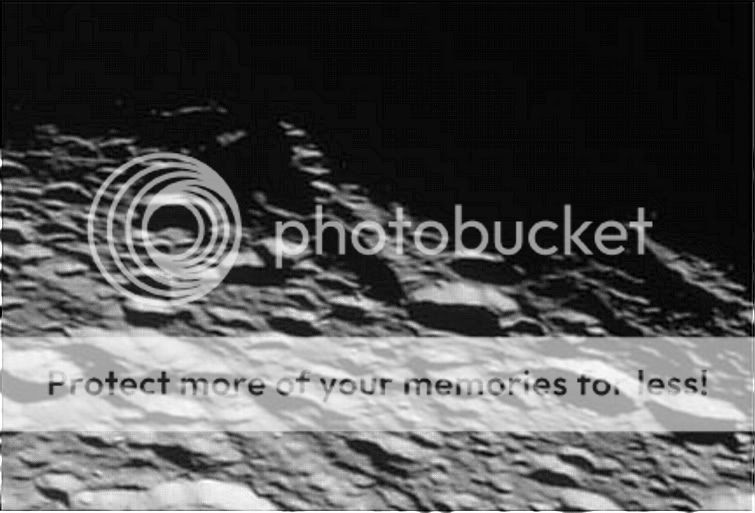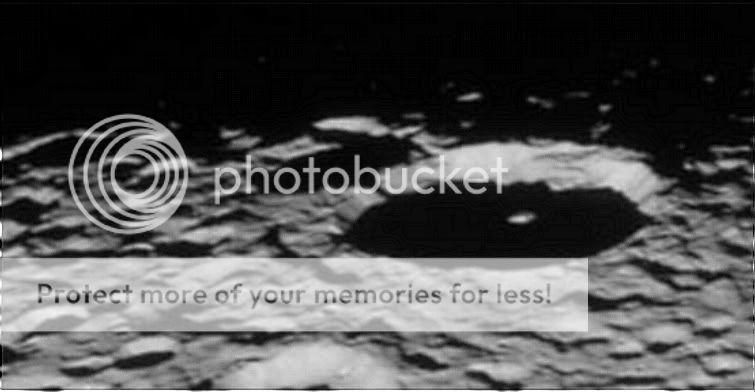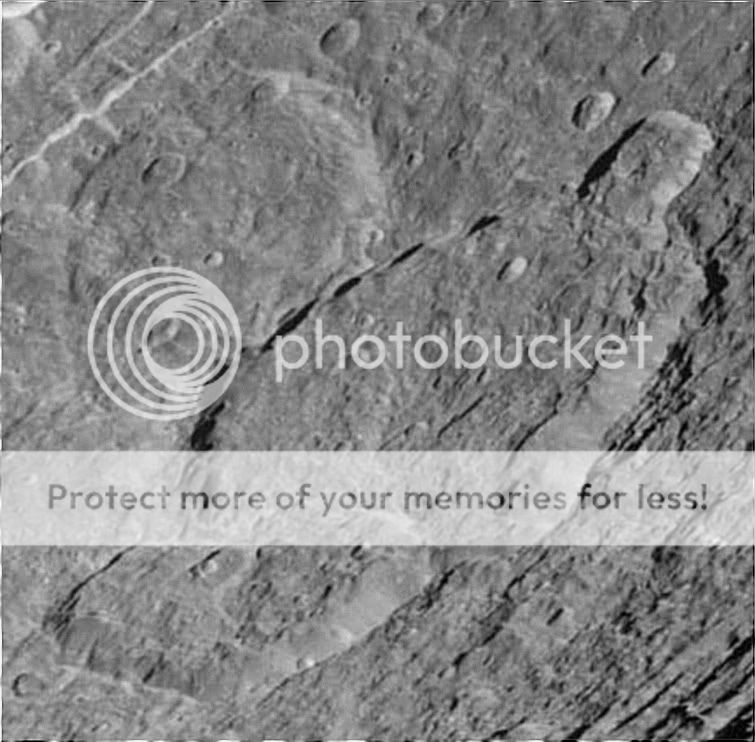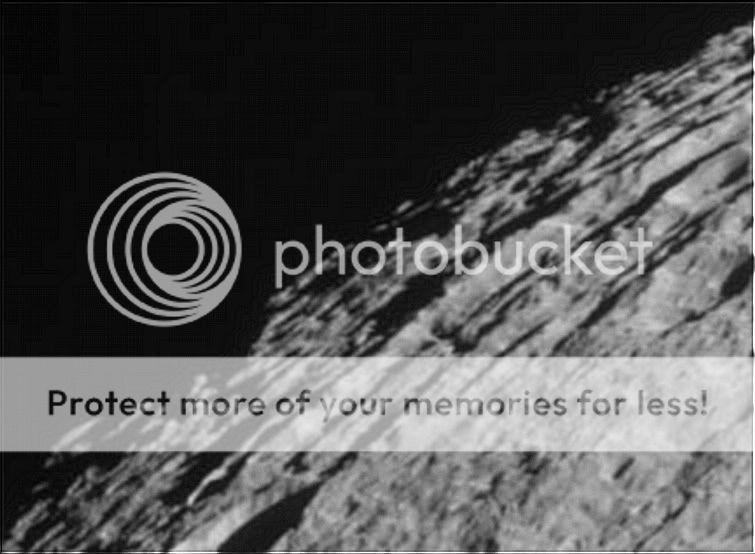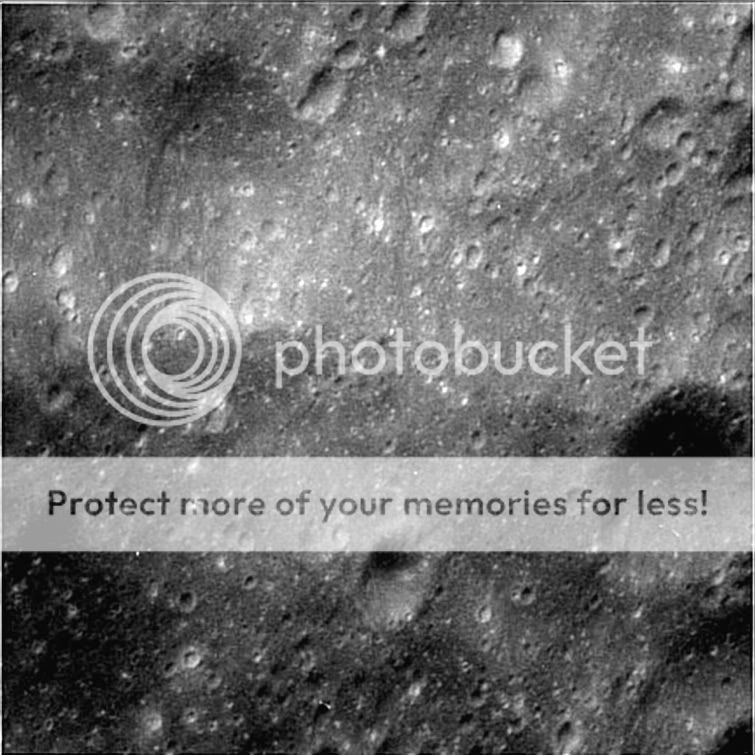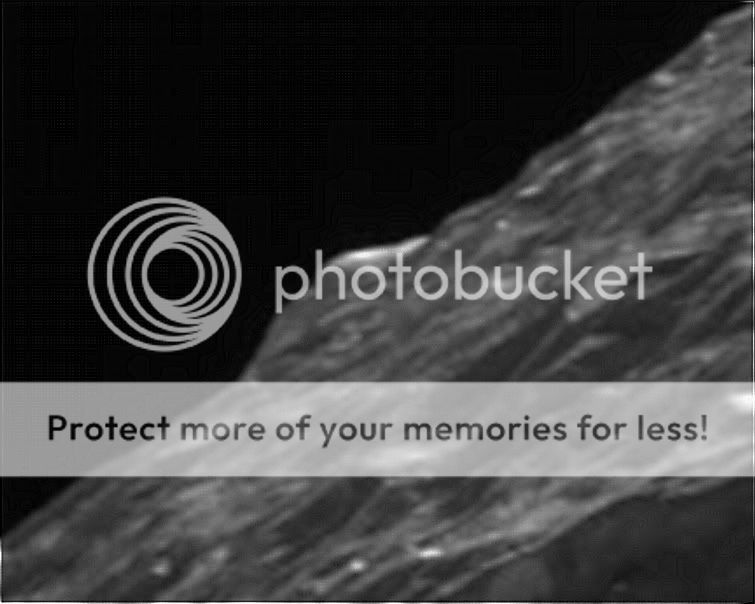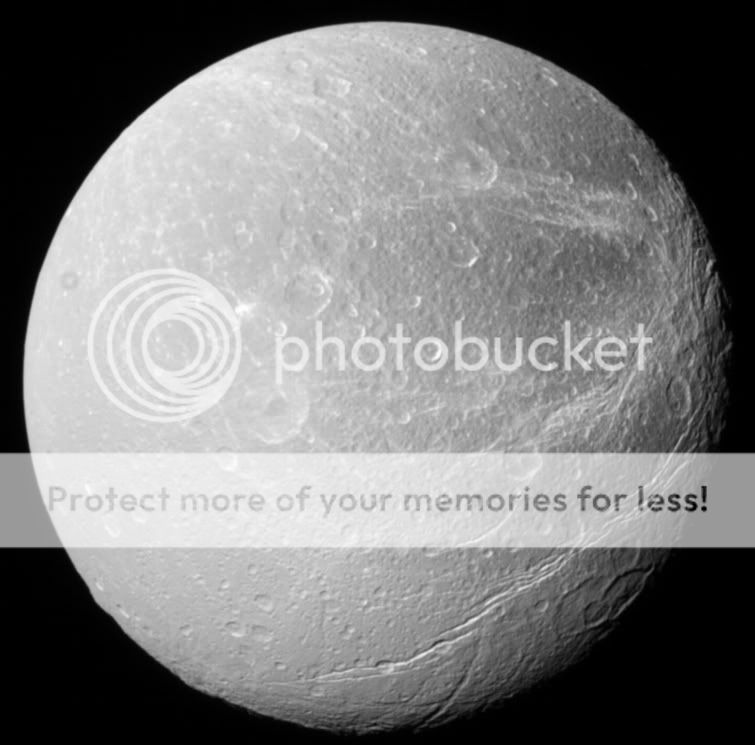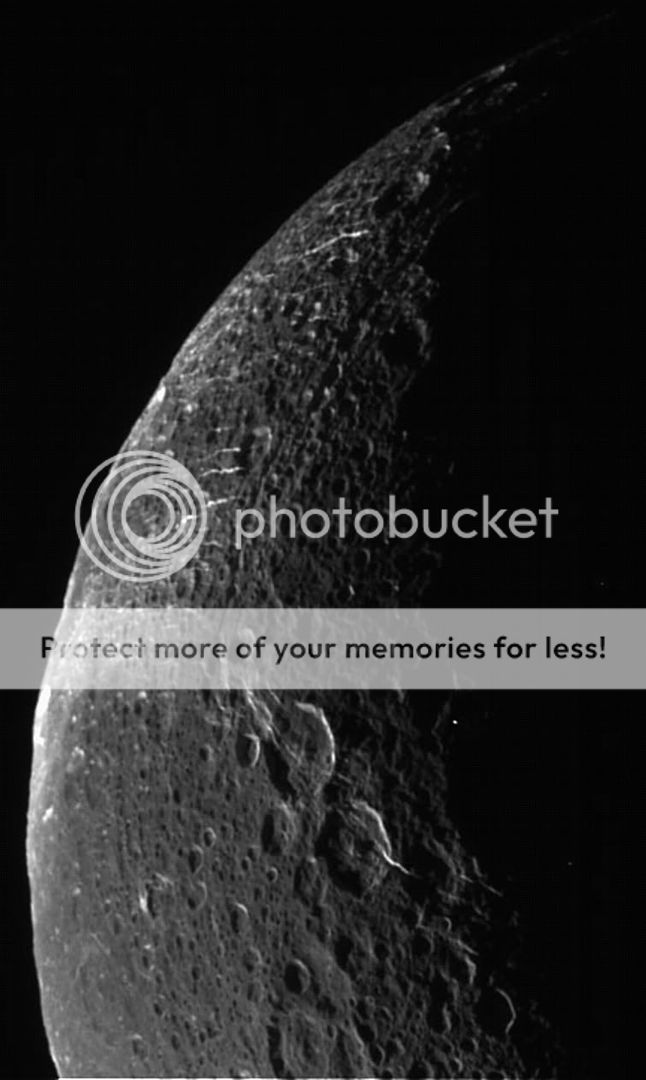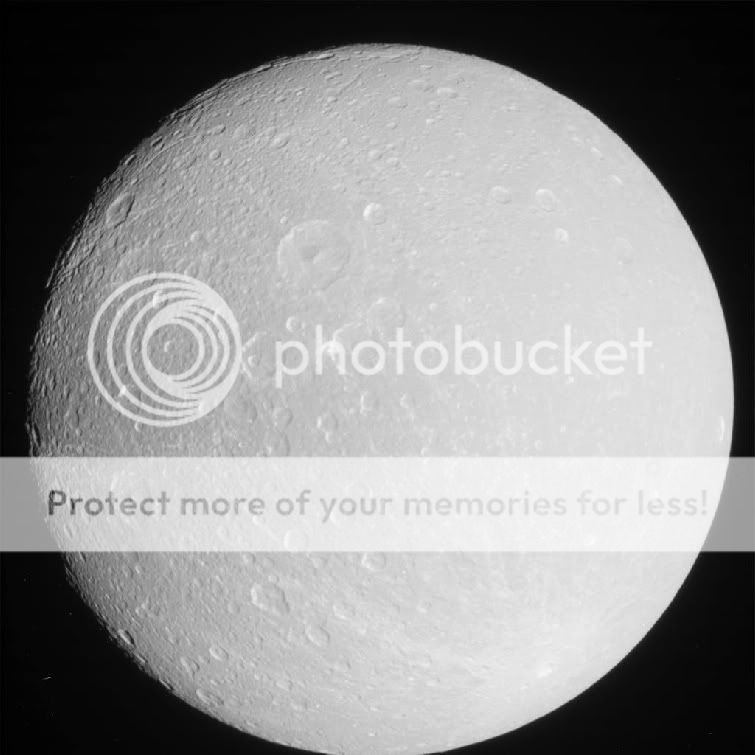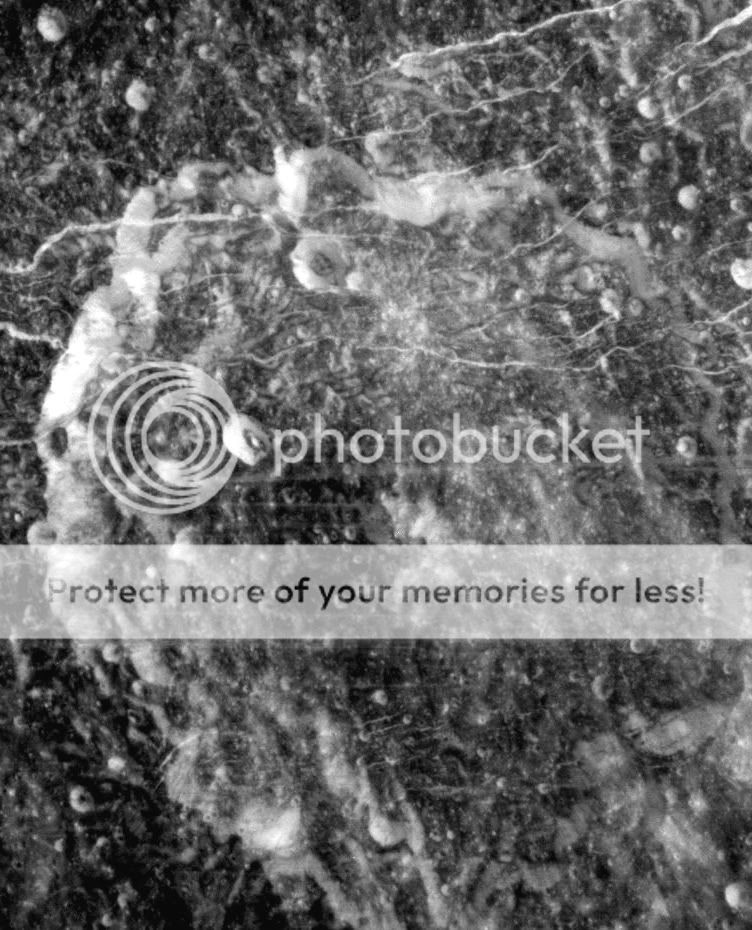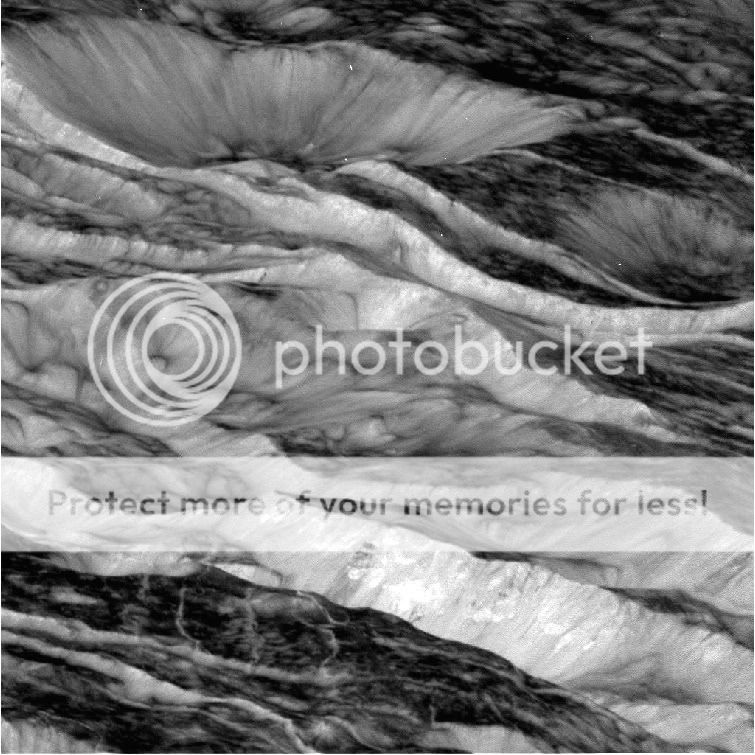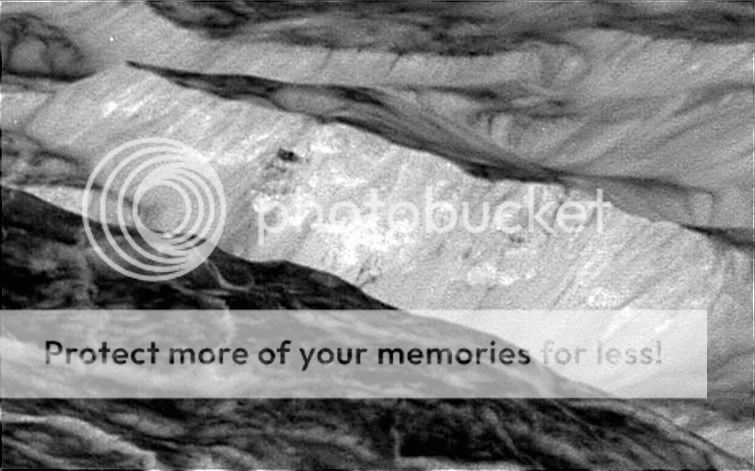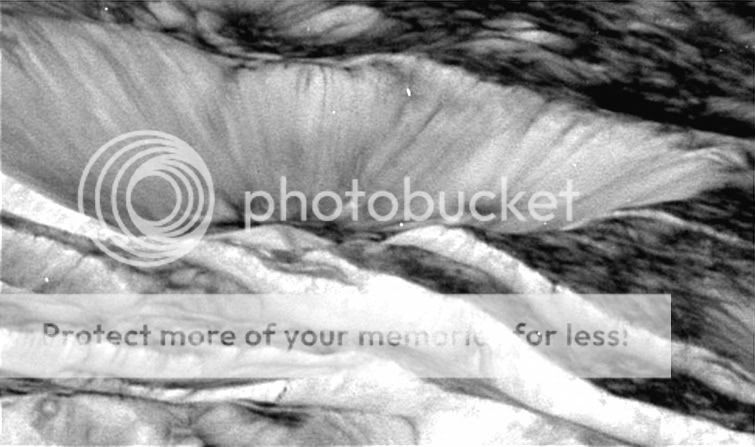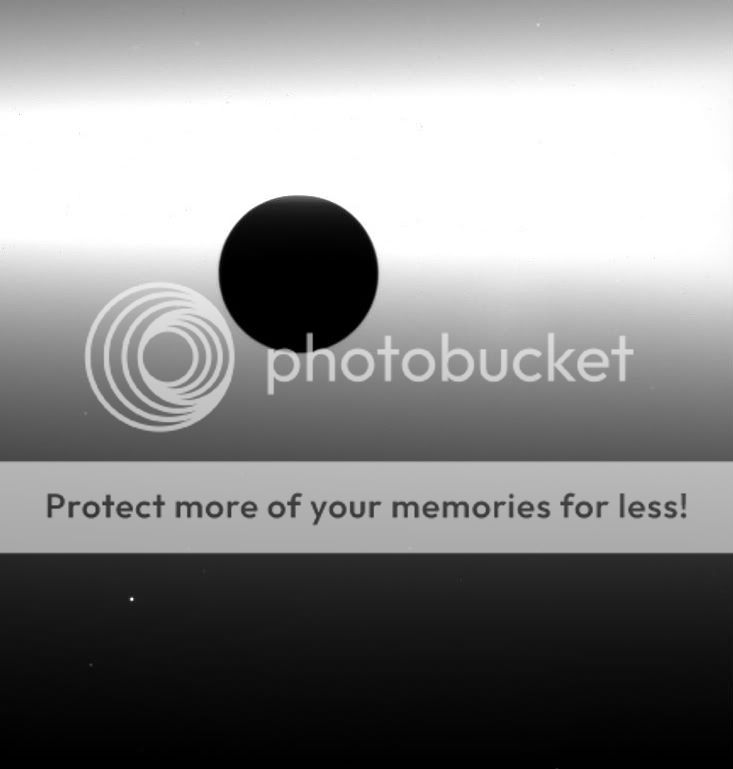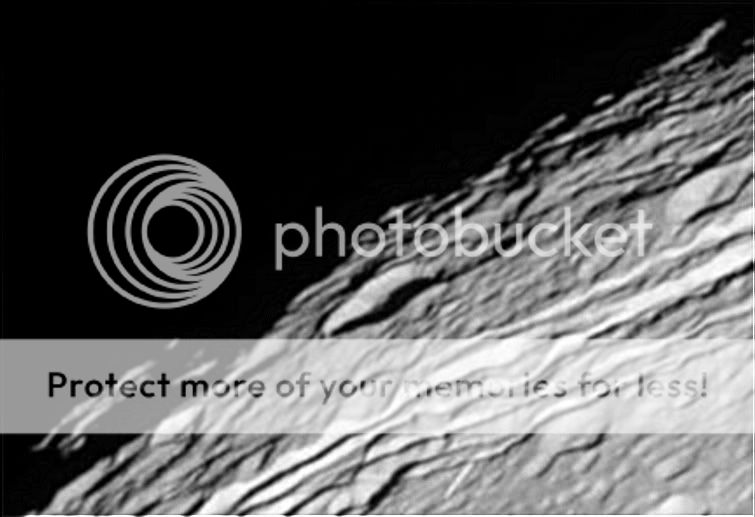3
3488
Guest
Saturn moon Dione is the fifth major moon out from Saturn. Dione orbits Saturn at a distance of 562,000 KM once every 2 days, 14 hours & 43 minutes, which is the same as the rotational period. Dione is Kronesynchronous, so keeps the same face turned towards Saturn all of the time.
Dione is the third densest of Saturns moons with a mean density of 1.478 G/CM3 roughly, 46% rock / metal & 54% ice.
Dione is 1,128 KM wide, very similar to Tethys, the Uranus moons Ariel & Umbriel & the large moon of KBO 134340 Pluto, Charon.
A few images below.
Dione in front of Saturn. Voyager 1.
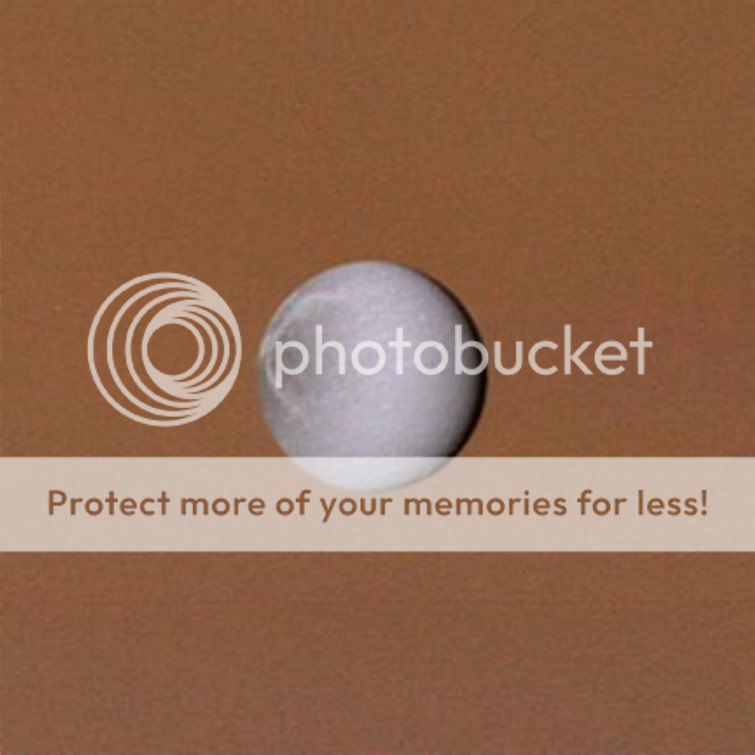
A gibbous Dione from Voyager 1, the first ever decent view of this moon of Saturn. Craters, smoother plains & tectonic canyons are clearly visible.
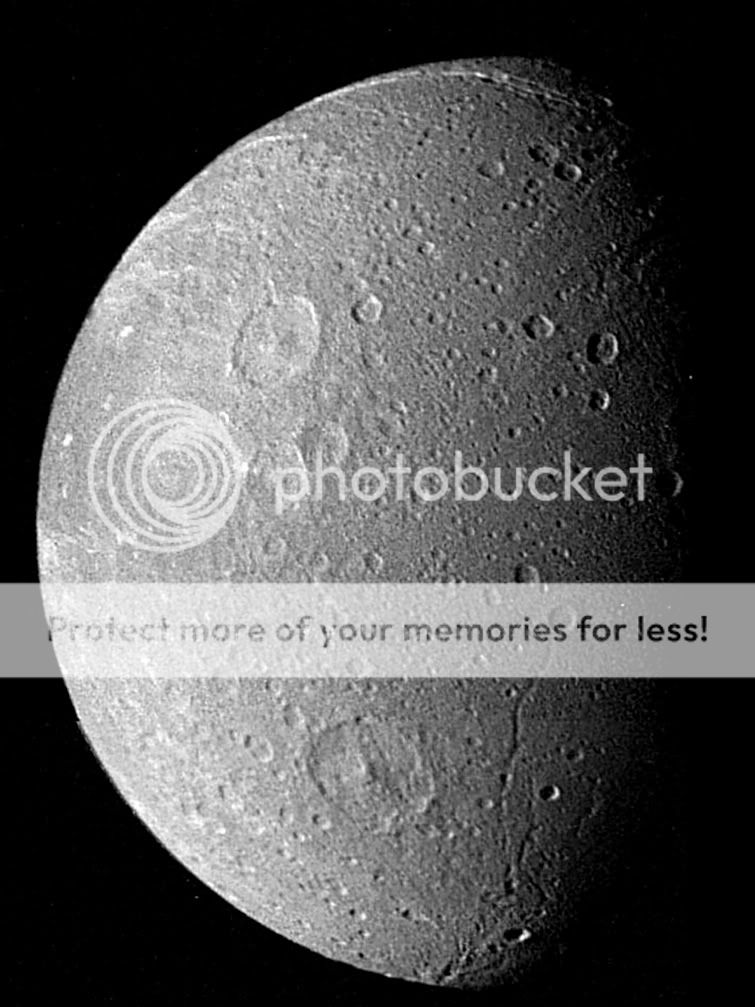
Dione in front of Saturn's limb, Tuesday 11th October 2005. It was Winter in the northern hemisphere of both Saturn & Dione when this was obtained.
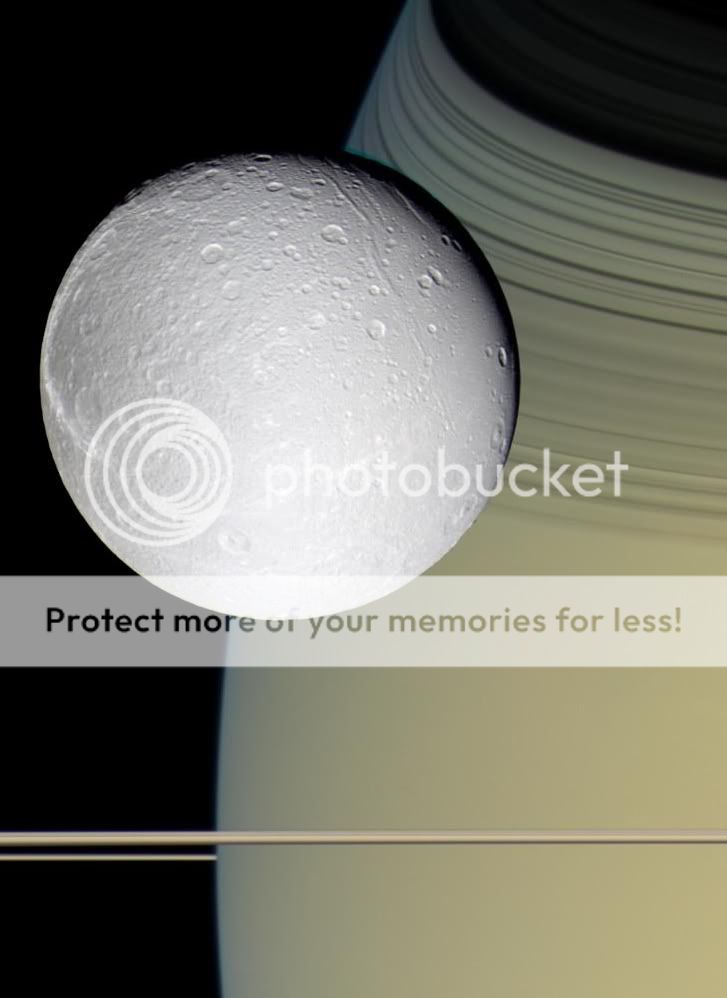
Crescent Dione Cassini.
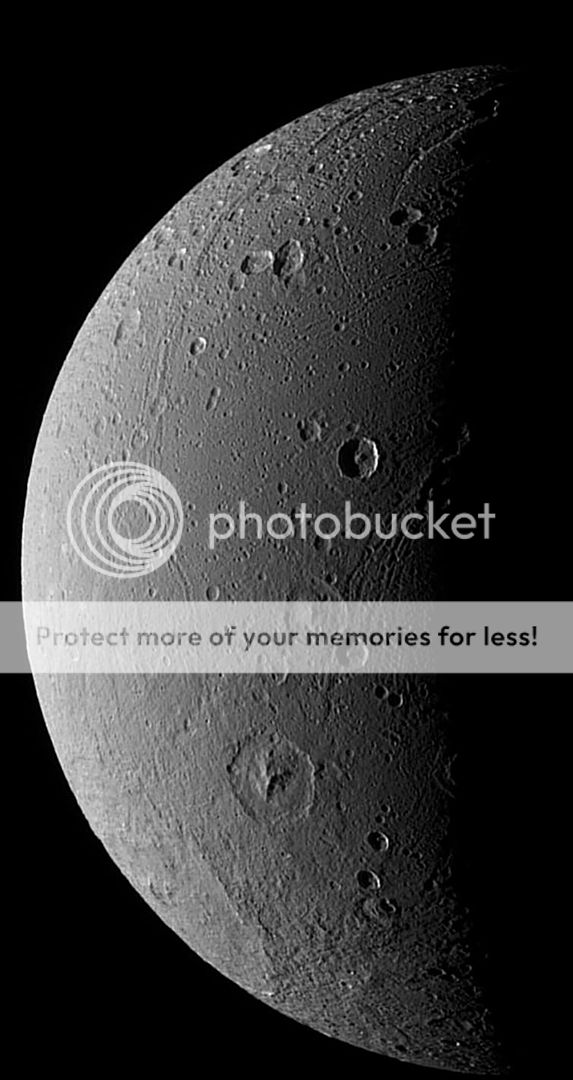
Dione southern hemisphere. Cassini.
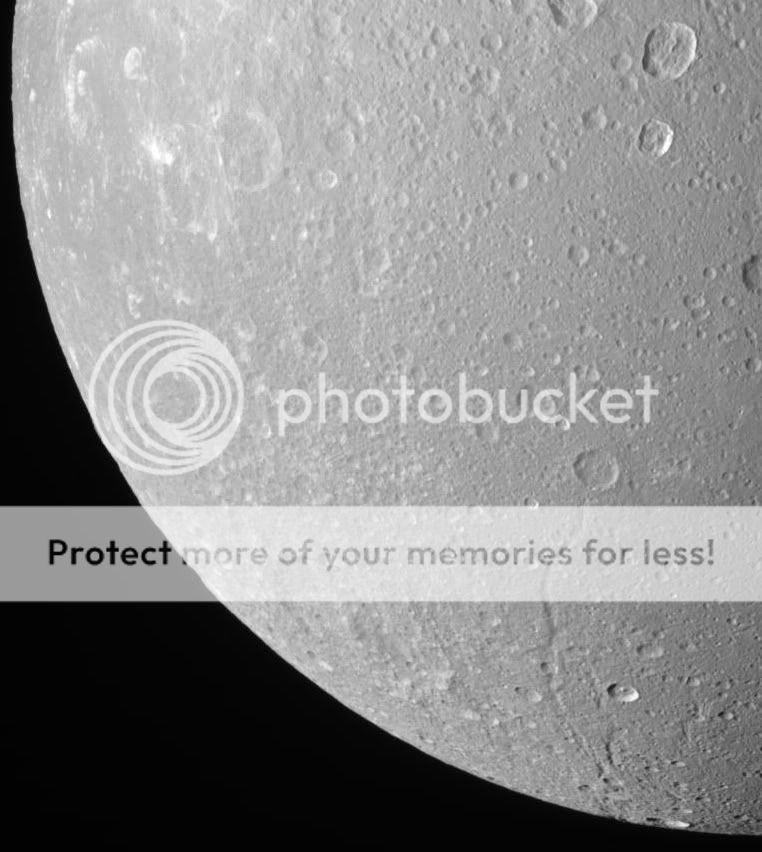
Dione northern hemisphere with tectonic canyons Cassini.
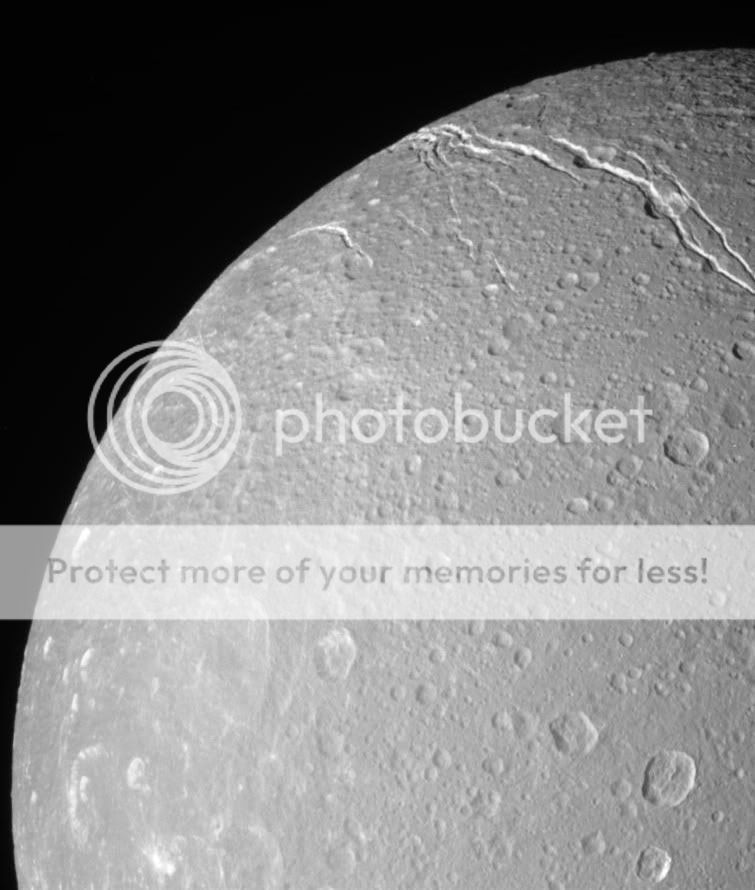
Dione a closer view of smoother plains & tectonic faults.
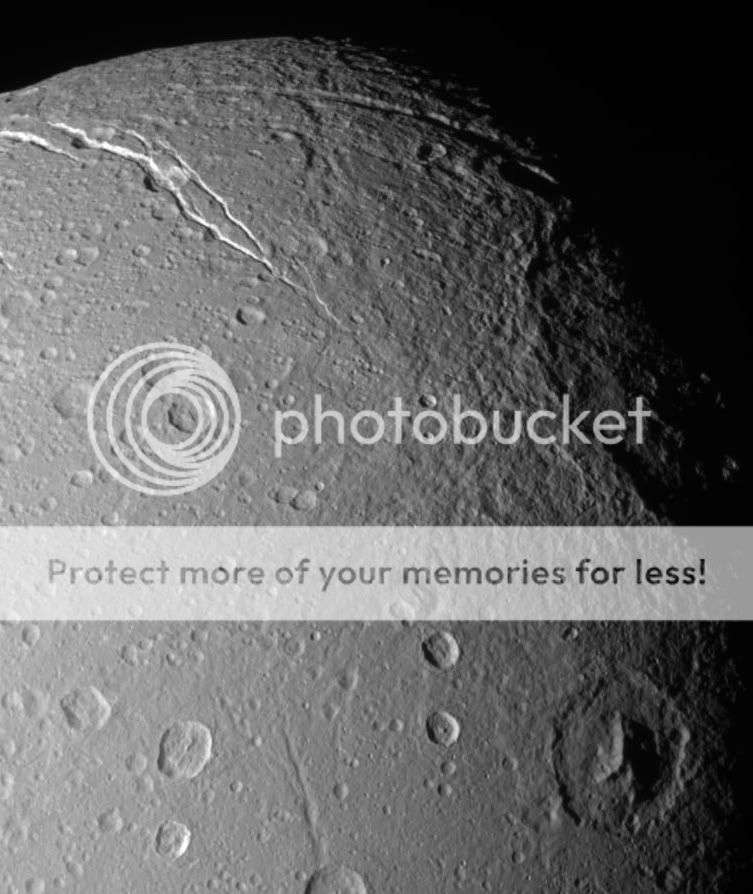
Dione, a 50 KM wide crater on limb near the north pole. Saturnshine is faintly illumnatiing the shadowed areas.
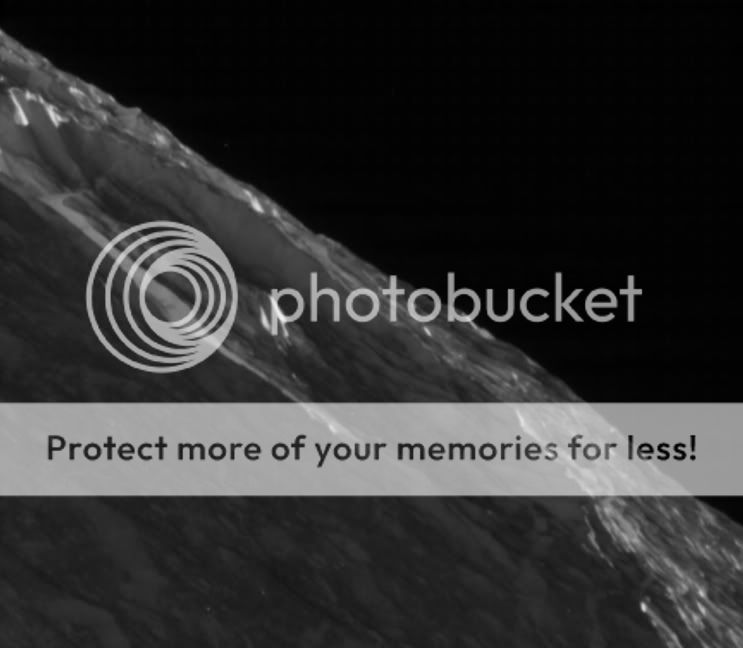
Dione, a whole load of thrust faults & graben. Voyager 1 saw this terrain on the very limb of Dione & was thought to be frozen condensates. Cassini pased right over this area at optimum illumination & saw that instead of ice deposits, the wispy terrain seen by Voyager 1 was in fact massive trust faulting.
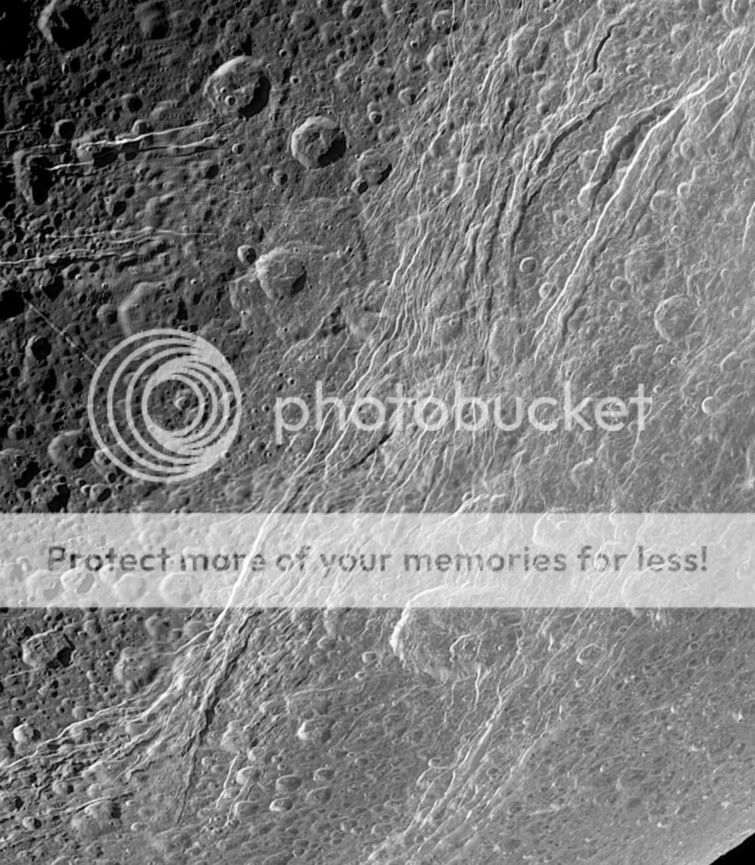
Dione Friday 5th March 2010 view from Cassini.
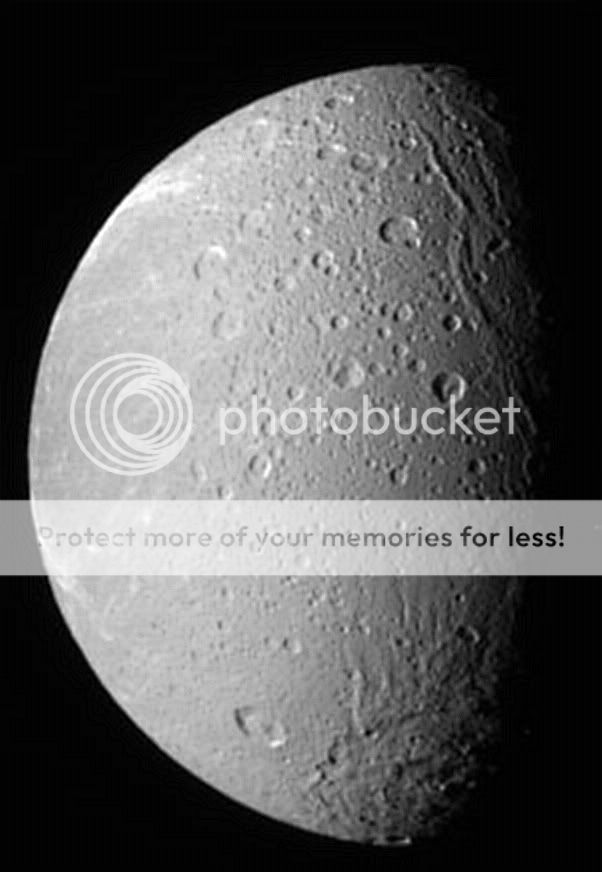
Dione only from 1,100 KM away. Tuesday 11th October 2005.
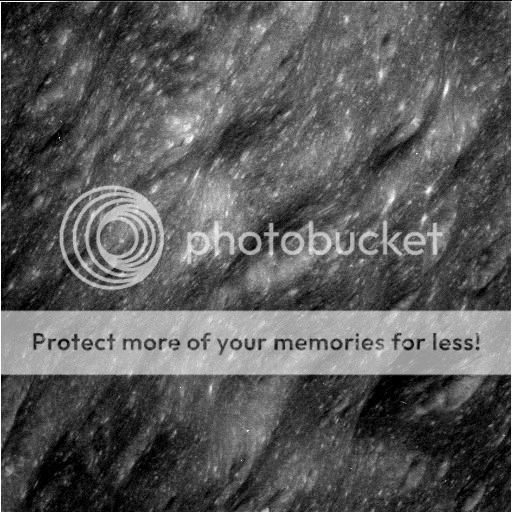
Dione an area approx 100 KM wide showing tectonic ridges in the ice crust, similar to some areas on Enceladus.
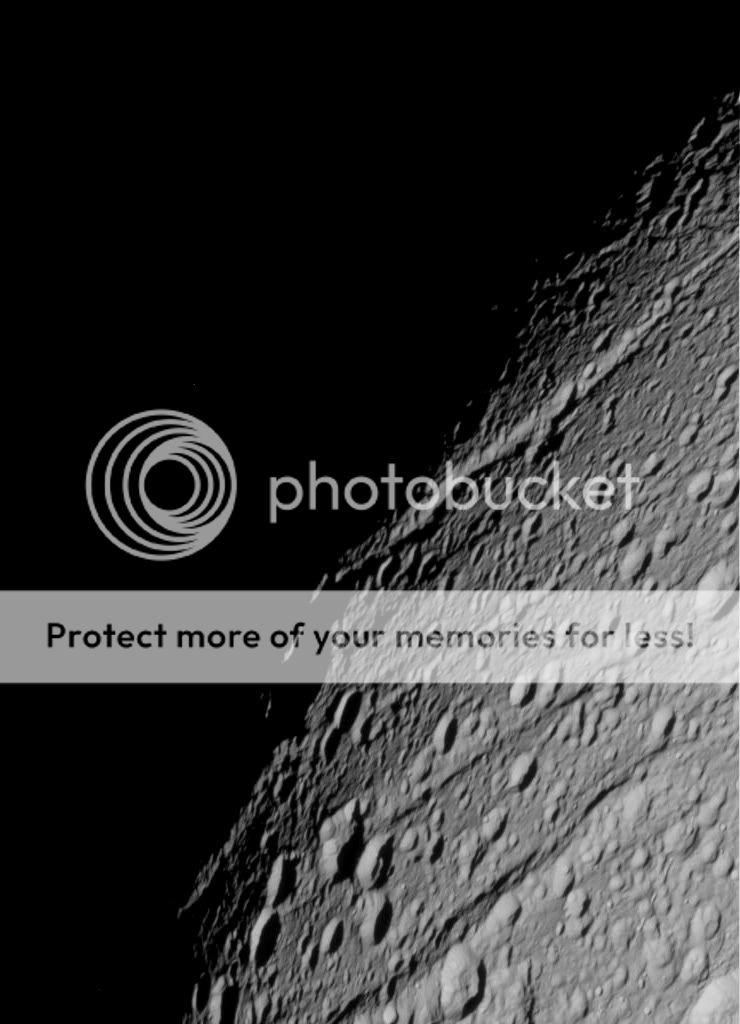
Section of sunset terminator in the southern hemisphere of Dione.
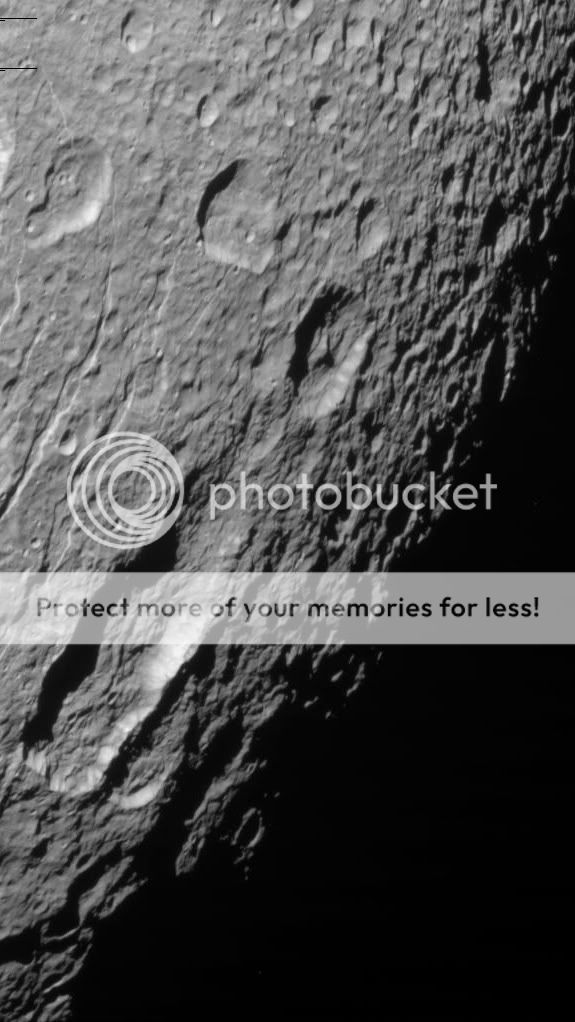
Andrew Brown.
Dione is the third densest of Saturns moons with a mean density of 1.478 G/CM3 roughly, 46% rock / metal & 54% ice.
Dione is 1,128 KM wide, very similar to Tethys, the Uranus moons Ariel & Umbriel & the large moon of KBO 134340 Pluto, Charon.
A few images below.
Dione in front of Saturn. Voyager 1.

A gibbous Dione from Voyager 1, the first ever decent view of this moon of Saturn. Craters, smoother plains & tectonic canyons are clearly visible.

Dione in front of Saturn's limb, Tuesday 11th October 2005. It was Winter in the northern hemisphere of both Saturn & Dione when this was obtained.

Crescent Dione Cassini.

Dione southern hemisphere. Cassini.

Dione northern hemisphere with tectonic canyons Cassini.

Dione a closer view of smoother plains & tectonic faults.

Dione, a 50 KM wide crater on limb near the north pole. Saturnshine is faintly illumnatiing the shadowed areas.

Dione, a whole load of thrust faults & graben. Voyager 1 saw this terrain on the very limb of Dione & was thought to be frozen condensates. Cassini pased right over this area at optimum illumination & saw that instead of ice deposits, the wispy terrain seen by Voyager 1 was in fact massive trust faulting.

Dione Friday 5th March 2010 view from Cassini.

Dione only from 1,100 KM away. Tuesday 11th October 2005.

Dione an area approx 100 KM wide showing tectonic ridges in the ice crust, similar to some areas on Enceladus.

Section of sunset terminator in the southern hemisphere of Dione.

Andrew Brown.



